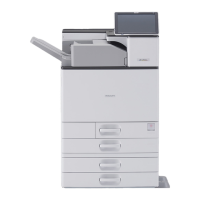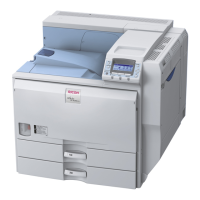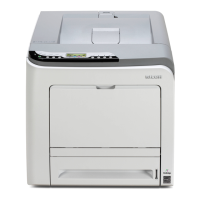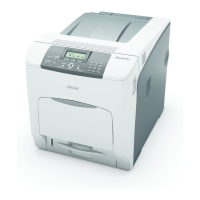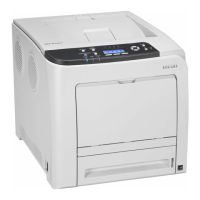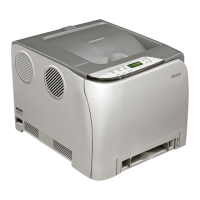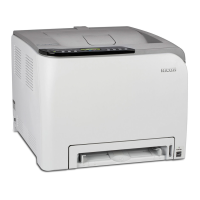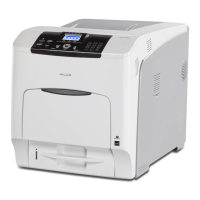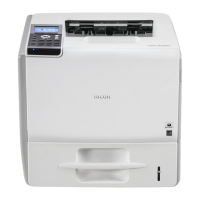access
Use the "access" command to view and configure access control. You can also specify two or more access
ranges.
View settings
msh> access
IPv4 Configuration
msh> access [×] range "start-address end-address"
• [×] represents a target number between 1 and 5. (Up to five access ranges can be registered
and selected.)
Example: to specify accessible IPv4 addresses between 192.168.0.10 and 192.168.0.20:
msh> access 1 range6 192.168.0.10 192.168.0.20
IPv6 Configuration
msh> access [×] range6 "start-address end-address"
• [×] represents a target number between 1 and 5. (Up to five access ranges can be registered
and selected.)
Example: to specify accessible IPv6 addresses between 2001:DB8::100 and 2001:DB8::200.
msh> access 1 range6 2001:DB8::100 2001:DB8::200
IPv6 access mask Configuration
msh> access [×] mask6 "base-address prefixlen"
• [×] represents a target number between 1 and 5. (Up to five access ranges can be registered
and selected.)
Example: to specify accessible IPv6 addresses to 2001:DB8::/32
msh> access 1 mask6 2001:DB8:: 32
Access control initialization
msh> access flush
• Use the "flush" command to restore the default settings so that all access ranges become "0.0.0.0"
for IPv4, and ":: " for IPv6.
• The access range restricts computers from use of the machine by IP address. If you do not need
to restrict printing, make the setting "0.0.0.0" for IPv4, and "::" for IPv6.
• Valid ranges must be from lower (start address) to higher (end address).
• If you are running IPv4 or IPv6, up to five access ranges can be registered and selected.
• IPv6 can register and select the range and the mask for each access ranges.
• IPv6 mask ranges between 1 - 128 can be selected.
Remote Maintenance by telnet
227
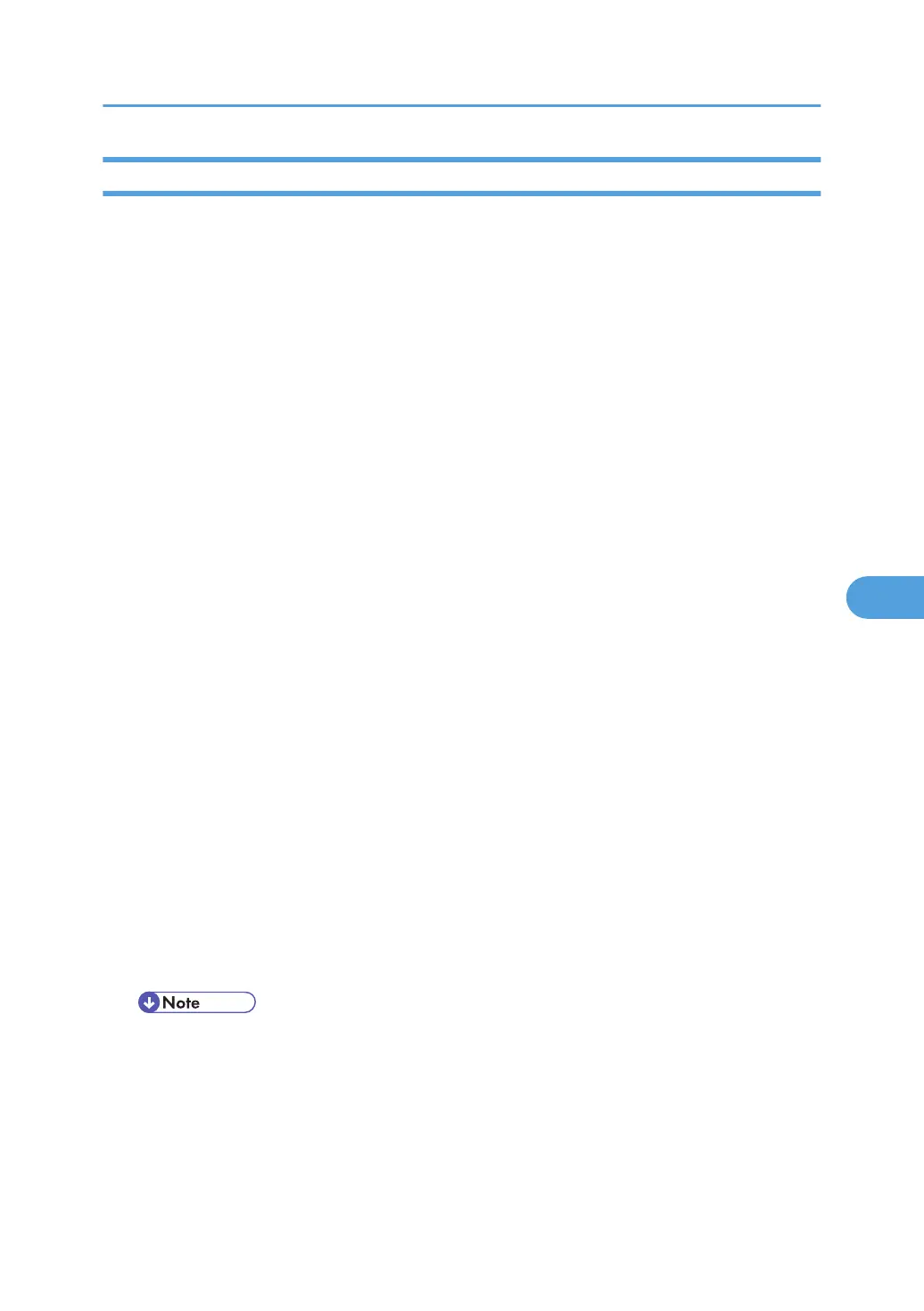